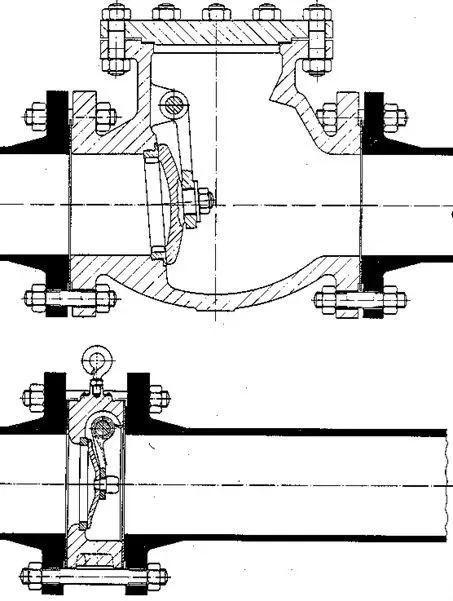Types and Applications of Water Control Valves for Efficient Fluid Management
Understanding Types of Water Control Valves
Water control valves are essential components in a variety of hydraulic and pneumatic systems. These valves help manage the flow of water, ensuring that it meets the demands of various applications, from simple home plumbing to complex industrial processes. Understanding the different types of water control valves can aid in selecting the right valve for a specific application.
1. Gate Valves
Gate valves are used for on/off control of flow. They operate by lifting a gate out of the path of the flow. These valves are ideal for applications where minimum pressure drop is required. With a simple design that allows for straight-line flow, gate valves are preferable in situations where the valve is either fully open or fully closed. However, they are not designed for throttling purposes, as partially opened gates can cause turbulence and erosion.
2. Globe Valves
Globe valves are known for their excellent throttling capabilities. They consist of a movable disk and a stationary ring seat in a generally spherical body. Globe valves can maintain a relatively constant flow rate, making them suitable for regulating water flow in various systems. However, they tend to have a higher pressure drop compared to gate valves, which makes them less ideal for applications that require minimal resistance.
3. Ball Valves
Ball valves provide quick and easy on/off control and are among the most common types of valves used in water control applications. They utilize a hollow, perforated ball that allows flow when aligned with the pipe and stops flow when turned 90 degrees. Ball valves are known for their durability and are capable of operating under high pressure and temperature. Their quarter-turn operation enables quick responses and minimal flow resistance, making them efficient for various uses.
water control valves types

4. Butterfly Valves
Butterfly valves consist of a circular disc that rotates within the flow path to regulate the flow of water. They are particularly effective for large volume applications and are often used in water distribution systems. Butterfly valves offer a compact design and are lightweight compared to other valve types, making them easy to install and maintain. However, their throttling capabilities may not be as precise as globe valves, so they are typically used for on/off control rather than precise flow regulation.
5. Check Valves
Check valves, also known as non-return valves, are designed to allow flow in one direction and prevent backflow. They are critical in systems where backflow can cause damage or contamination. Check valves come in various designs, including swing, lift, and ball-check types, each with its operational advantages. Their primary function is to ensure that water flows in the desired direction, safeguarding pumps and other components from backpressure.
6. Solenoid Valves
Solenoid valves are electrically operated and are used to control the flow of water automatically. They are commonly found in irrigation systems, washing machines, and other automated systems. These valves provide precise control and can be activated remotely, making them indispensable in applications that require automation and remote monitoring.
Conclusion
Choosing the right type of water control valve is crucial for ensuring efficiency, safety, and functionality in any system. Each type of valve offers unique advantages and drawbacks, so understanding their functions helps in making informed decisions tailored to specific application needs. Whether for residential, commercial, or industrial use, the proper selection and maintenance of water control valves significantly affect the performance and reliability of water management systems.
-
Breakthrough in Domestic Low Temperature Valve Technology in ChinaNewsAug.18,2025
-
From Machinery to Intelligent Brain: The Digital Transformation Wave of the Valve IndustryNewsAug.18,2025
-
PCVEXPO 2025NewsAug.18,2025
-
The Key to Fluid Control: Exploring the Advantages of Ball Valves in Industrial SystemsNewsJul.09,2025
-
The Versatile World of 1, 2, and 3 Piece Ball ValvesNewsJul.09,2025
-
Stainless Steel Ball Valves: The Ideal Choice for Efficient Flow ControlNewsJul.09,2025
-
Optimizing Fluid Control with Ball Float ValvesNewsJul.09,2025




